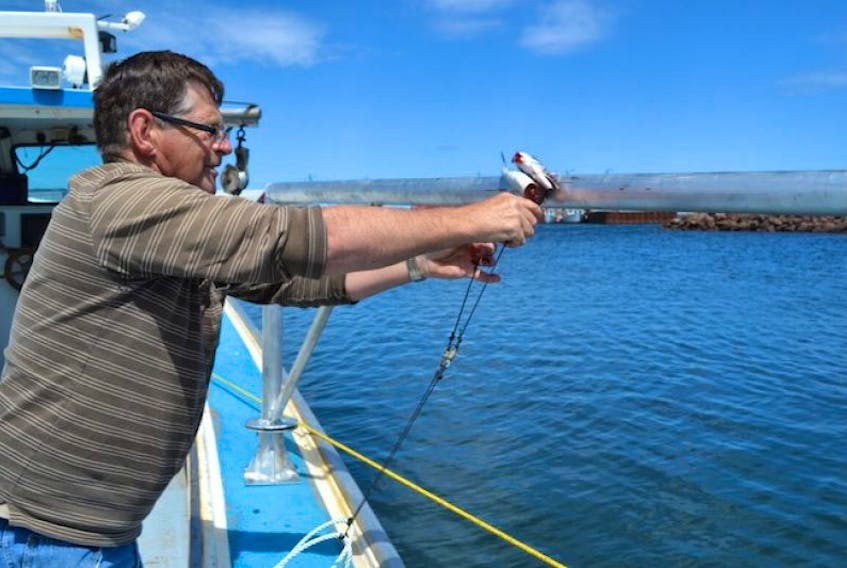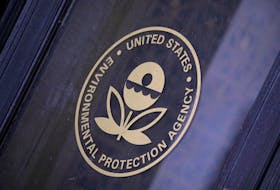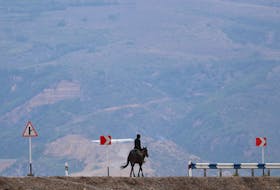ALBERTON
The individual boat quota that members of Prince Edward Island’s groundfish fleet must abide by when participating in the halibut fishery is “just a nightmare,” Hardy’s Channel fisherman, Lloyd Phillips told the annual meeting of the Western Gulf Fishermen’s Association on Monday.
Phillips was responding to concerns raised by fellow fisherman, Dennis Gaudet who told the annual meeting he got hit with a $2,500 fine a few years ago because he overrun his boat quota by 25 pounds.
“You’ve got up to 250 pounds and you’re allowed 300 pounds. The next fish comes aboard: a 75-pounder. You’re over your limit,” said Phillips in using round numbers for comparison sake. He agreed fishermen can easily find themselves in an overrun situation. He said he was so frustrated by the way the fishery is controlled that he resigned from the PEIFA’s halibut advisory committee.
“It’s not as if we’re cheating, because there are monitors and observers and everything else,” Gaudet noted.
“There should be some leniency,” he insisted.
“To keep our halibut quota going five years ago we agreed to go on an ITQ (individual transferable quota),” Phillips explained. “The only problem we made, we all went with individual quotas. DFO is laughing at us now. Every other province can overrun, overrun, and they don’t get charged.”
The difference, he said, is whatever overrun other provinces accumulate in their halibut fishery is deducted from their global quota the following year. Gaudet suggested a deduction of quota from individual P.E.I. fishermen the year after they go over their limit would keep the quotas in check.
Member of Parliament for Egmont, Bobby Morrissey said the way the limited quota is distributed is not cast in stone and can be changed.
Bobby Jenkins, president of the P.E.I. Fishermen’s Association, agreed with the MP.
“If you want to go back to a competitive fishery, that’s what the Western Gulf representatives on the groundfish committee should take to the groundfish committee.” He suggested they could probably find other locals of the PEIFA who would like to go back to a competitive fishery.
Michael MacDonald, co-chair of the PEIFA’s groundfish advisory committee, said that with such a small halibut quota, about 43 tonne, the committee felt an individual boat quota was the only way to go. In 2017, it worked out to about 400 pounds per participating fisherman.
He’s already bracing for a drastic cut to the quota next year when the redfish fishery re-opens, resulting in a large portion of the Island’s quota being reassigned as a redfish by-catch.
“It’s hard to fish when we don’t have enough quota and, if we go to an open fishery, like wide-open, we’d probably get three years quota in one year, if the fish are there.” Even with 25 licenses bought out and permanently retired in 2017, MacDonald said there are still close to 900 fishermen eligible to participate in the limited fishery.
“There’s a lot of meetings, let me tell you; a whole lot of meetings,” said MacDonald, “just to work it out; try to be fair to everybody.”









